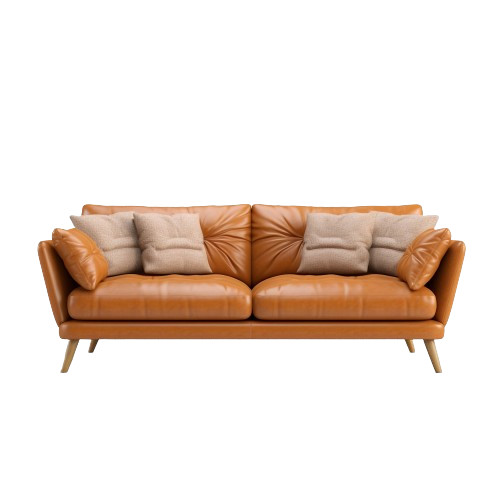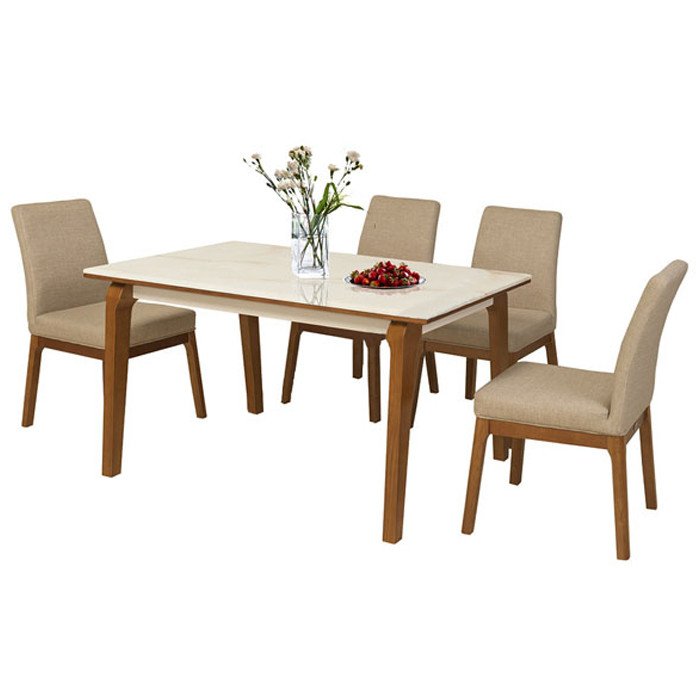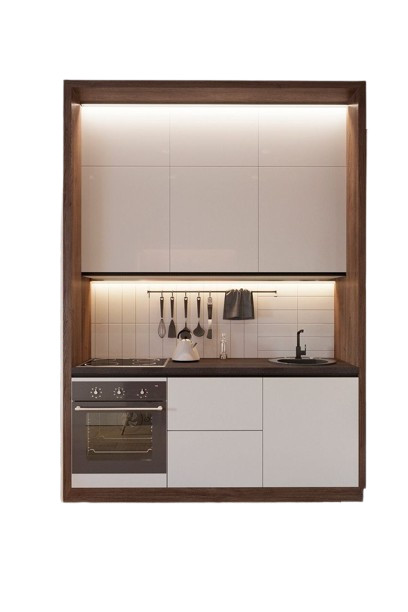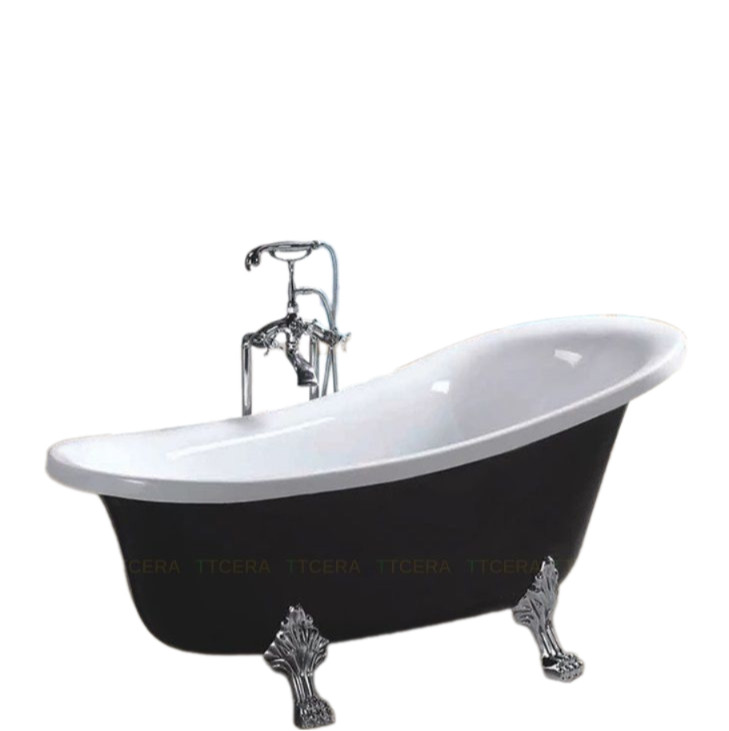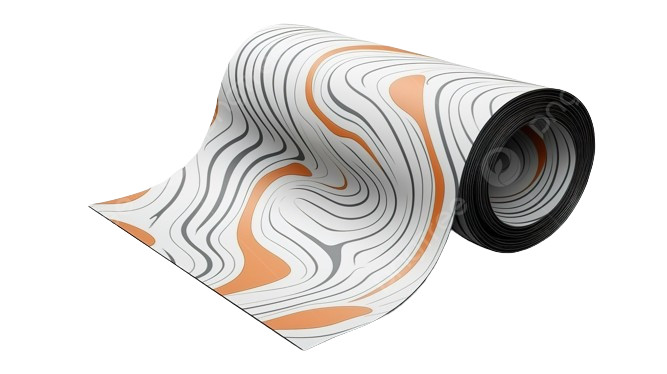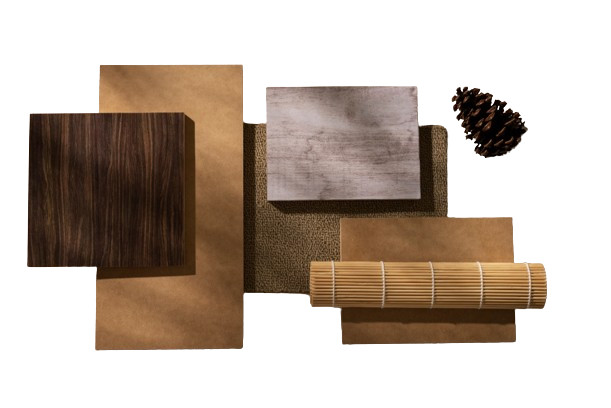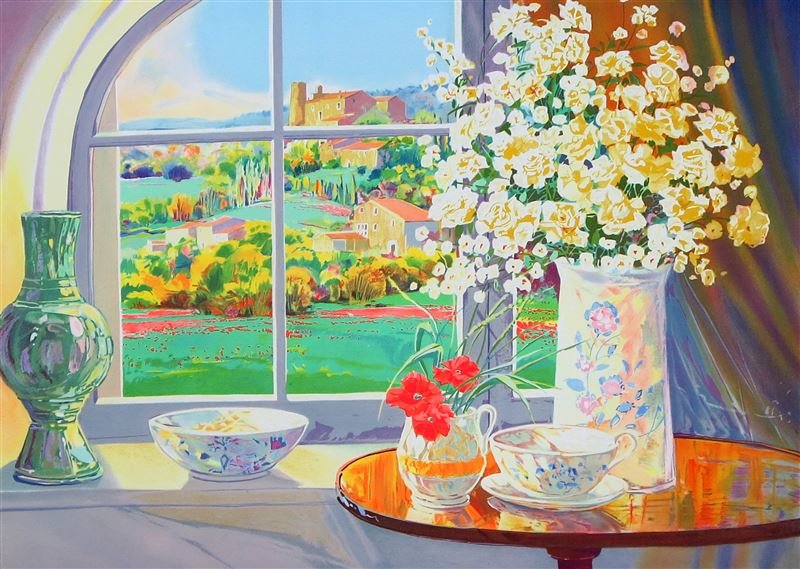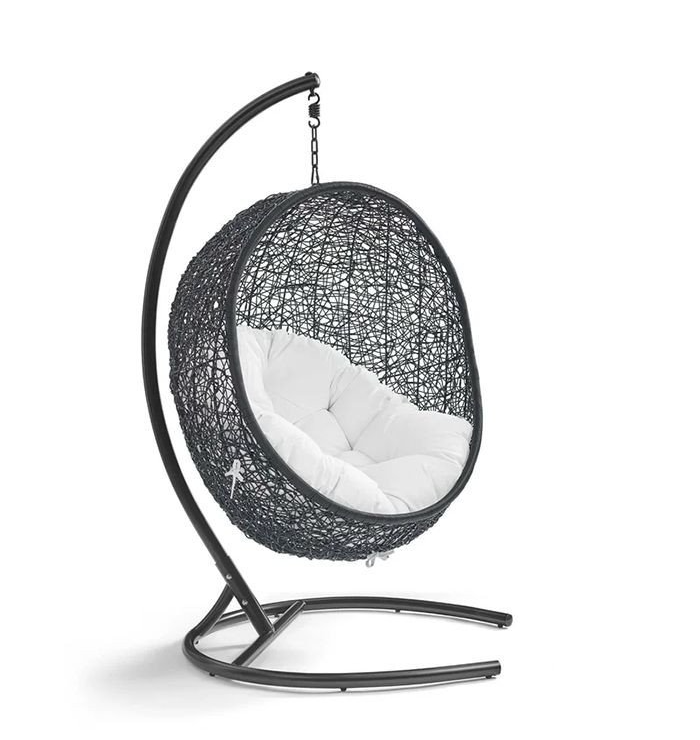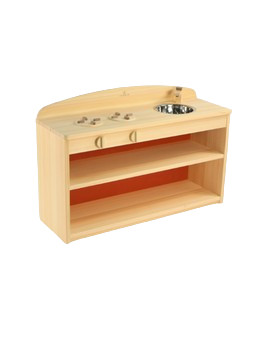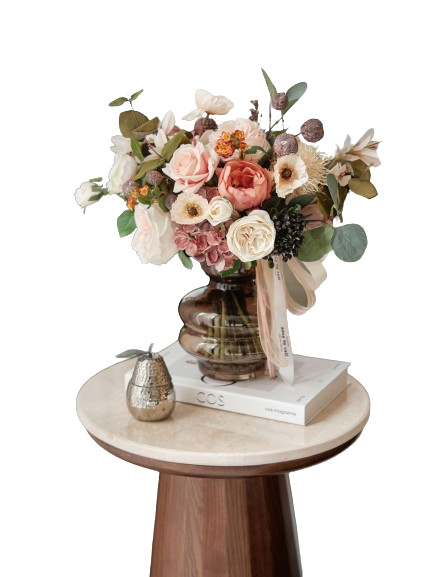FIRST IMPRESSION OF EXPRESSIONISM IN INTERIOR STYLE
I. How does Expressionism influence interior design?
A late 19th- to early 20th-century European art movement served as the basis for the expressionism design movement. In opposition to the rigid design principles of classical art, the Expressionism movement gave individuals a voice as the socioeconomic crisis of the moment to a head. Currently "making waves" in European nations is expressionism with a unique aesthetic and many hues.
II. The basic characteristics of the interior design style Expressionism
1. Various colors and shapes
Particularly favored by expressionism interior design are cubic shapes and lines with sharp edges and striking color combinations that evoke powerful emotions in the observer. Sharp angles are handled skillfully, harmoniously, and not in a boring way. Additionally, when applying the Expressionism interior design style, images of high, low, concave, far, and near unbalanced are also prominent concepts.
 Imaginative, novel, and distinctive
Imaginative, novel, and distinctive
This style's use of color mixing to create accents without allowing the tones to contrast is thought to be quite recent. This concept produces a potent abstraction of space. By blending contrasting colors, such as purple, yellow, blue, and red, or black, white, and blue, we can clearly feel that the colors are vibrant and new while still breaking the mold. The combination of colors The designer's personality may be seen in this free hue, which distinguishes and individualizes the piece.
 Liberal freedom
Liberal freedom
Because the expressionist design movement arose during a period of reform and change, it reflects fresh perspectives and has a profoundly uplifting influence on society. The emphasis on each individual's unique voice strongly expresses personal ego for many others to see, completely unrestrained. On the other hand, it serves as the basis for the emergence of novel, ground-breaking concepts.
 Shapes and lines, as well as the Expressionism interior design style, have established guidelines when used in interior design. It does not prioritize a certain standard like other design styles or adhere to any design standards.
Shapes and lines, as well as the Expressionism interior design style, have established guidelines when used in interior design. It does not prioritize a certain standard like other design styles or adhere to any design standards.
2. Personality but romantic
Expressionism was developed in 1914 in Germany and is deeply rooted in gothic architectural styles. It is also deeply personal and romantic. Recently, several Expressionism pieces have veered slightly in the direction of Neo-Classique, giving the piece a sense of vitality and leaving a powerful impact.


 When compared to residential structures, this style is frequently used in areas with more business and commercial features. Architects are free to use them on projects that call for high aesthetic standards, such as coffee shops, restaurants, hotels, offices, and homestays, with the intention of emphasizing on aesthetics, employing a variety of colors and having a combination of lines and shapes.
When compared to residential structures, this style is frequently used in areas with more business and commercial features. Architects are free to use them on projects that call for high aesthetic standards, such as coffee shops, restaurants, hotels, offices, and homestays, with the intention of emphasizing on aesthetics, employing a variety of colors and having a combination of lines and shapes.


